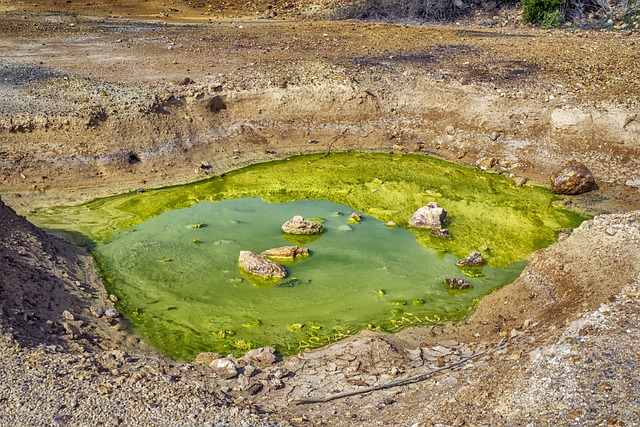INTRODUCTION
Bioremediation: Bioremediation is a combination of two words that are bio and remediation. It is defined as a technique in which living organisms are used for the removal of different types of toxins, pollutants, and contaminants from water, soil, etc. Bioremediation is associated with biotechnology.
The impacts of environmental disasters can be reduced by employing bioremediation technology. This technique is generally used for cleaning large-scale oil spills or groundwater contamination.
Also read: Oil Spills – Causes, Effects, and Solution and Disastrous Environmental Impacts of Radioactive Waste.
There are two techniques followed in bioremediation.
- Ex- Situ Bioremediation: This bioremediation technique is based on digging pollutants from the contaminated site and transporting them to the place where these pollutants will be subjected to bioremediation.
- In- Situ Bioremediation: This bioremediation technique is based on treating pollutants at the contaminated site.
Check out: Marine Pollution – Its Risky Effects on Marine Life & Humans
TYPES OF BIOREMEDIATION
There are three main types of bioremediation that are listed below.
a) Phytoremediation: It is a type of bioremediation technique that involves the use of plants for cleaning water, air, and soil polluted with toxic contaminants. You might also be interested in: What is Rhizoremediation?- Methods, Benefits and Drawbacks
b) Mycoremediation: It is a type of bioremediation technique that involves the use of fungi for cleaning the contaminated environment.
c) Microbial Remediation: It is a type of bioremediation technique that involves the use of microorganisms for breaking down the pollutants/contaminants into less damaging/toxic pollutants/contaminants.
The below table is representing types of bioremediation along with their advantages and disadvantages.
| Serial No. | Types of Bioremediation | Medium | Types of Pollutants | Examples | Advantages | Disadvantages |
| 1. | Phytoremediation
(Plant-Based) |
Soil, water | Heavy Metals, Petroleum hydrocarbons, Inorganic Pollutants, etc. | Sunflower, Indian Mustard, etc. |
It is a less expensive bioremediation technique than any other type.
It is based on an in-situ technique and doesn’t require transportation or other complicated treatment procedure. |
The toxins become a part of the food chain.
It removes contaminants from the surface only and a bit slow process. |
| 2. | Mycoremediation
(Fungi Based) |
Water bodies, Soil | Crude Oil, Industrial effluents such as PCBs, Heavy Metals, Dioxins, etc. | Elm Oyster, Shitake, etc. | It is an eco-friendly technique.
It is a cheap and cost-effective method. |
It is a slow process.
The working efficiency is not 100%. |
| 3. | Microbial Bioremediation
(Bacteria Based) |
Soil, Groundwater | Toxic Organic Pollutants, heavy metals, etc. | Acidithiobacillus ferrooxidans, Pseudomonas putida, etc. | A wide range of contaminants can be broken down into less toxic compounds.
It involves both in-situ and ex-situ techniques. |
Microbial actions in this type of bioremediation require certain conditions.
It requires field monitoring. |
Check out: Mining Pollution – Causes, Effects, and Solutions.
CONCLUSION
Environmental pollution is a serious threat for all living beings. Human activities are continuously degrading the environmental state of the Earth. Deforestation, urbanization, industrialization, etc have led to climate change, increased levels of air, water, and soil pollution. Oil spills are contaminating the marine and aquatic ecosystems. In such a scenario, inventing remedial methods that can reduce the impacts of contaminants is crucial for sustainable Earth.
You might also like: Eutrophication – Causes, Effects, and Solutions
I hope you all liked this post! Please comment below if you have any suggestions, comments, or feedback! We at #envpk love hearing from our readers! Thanks!




